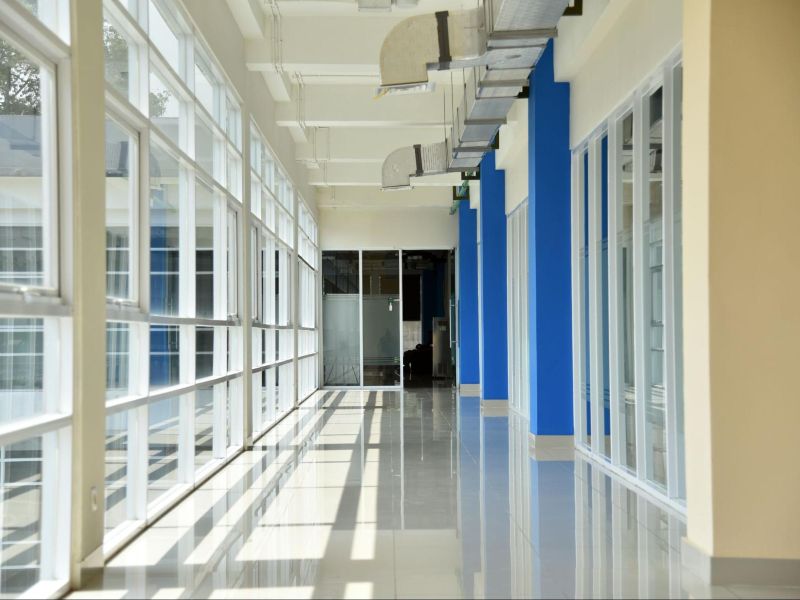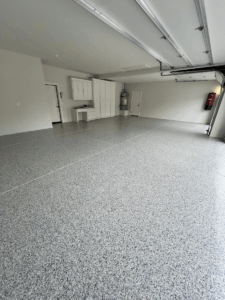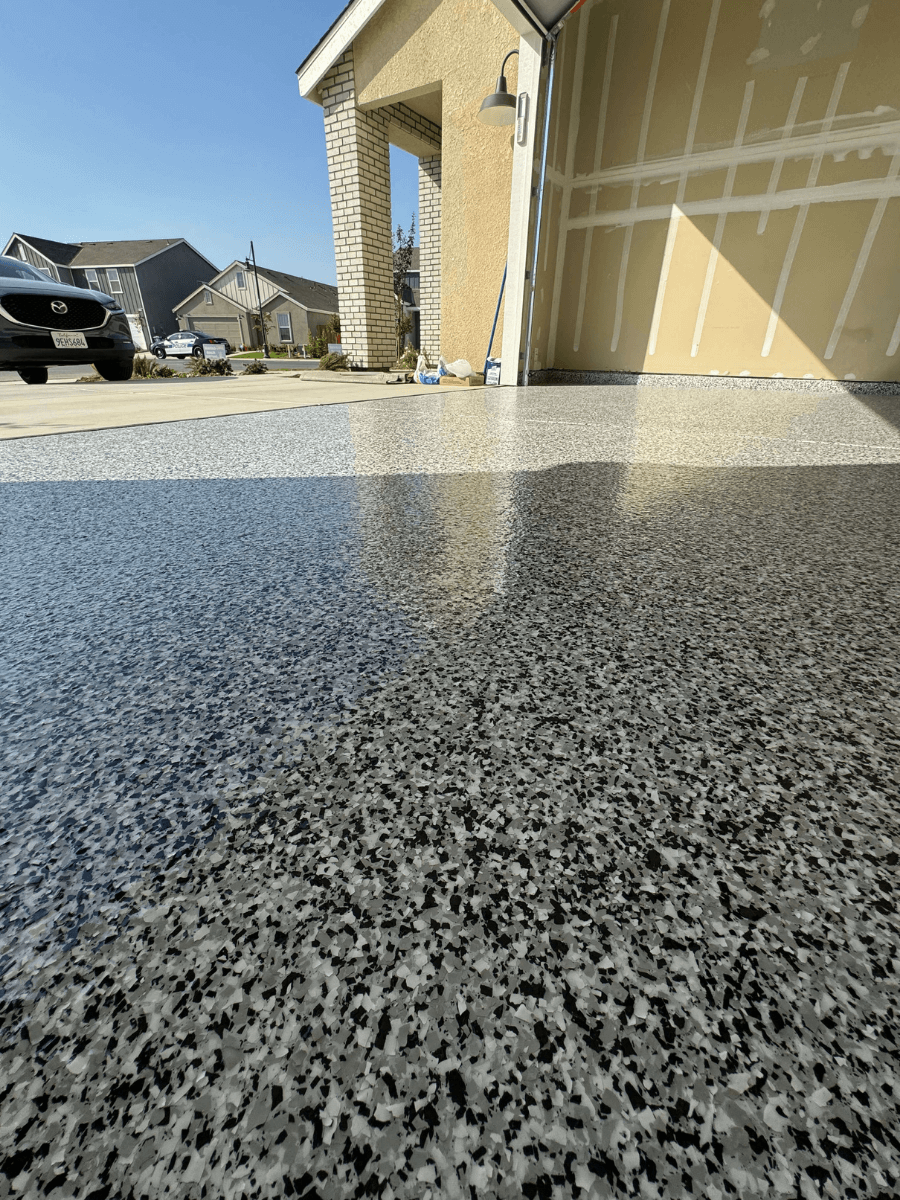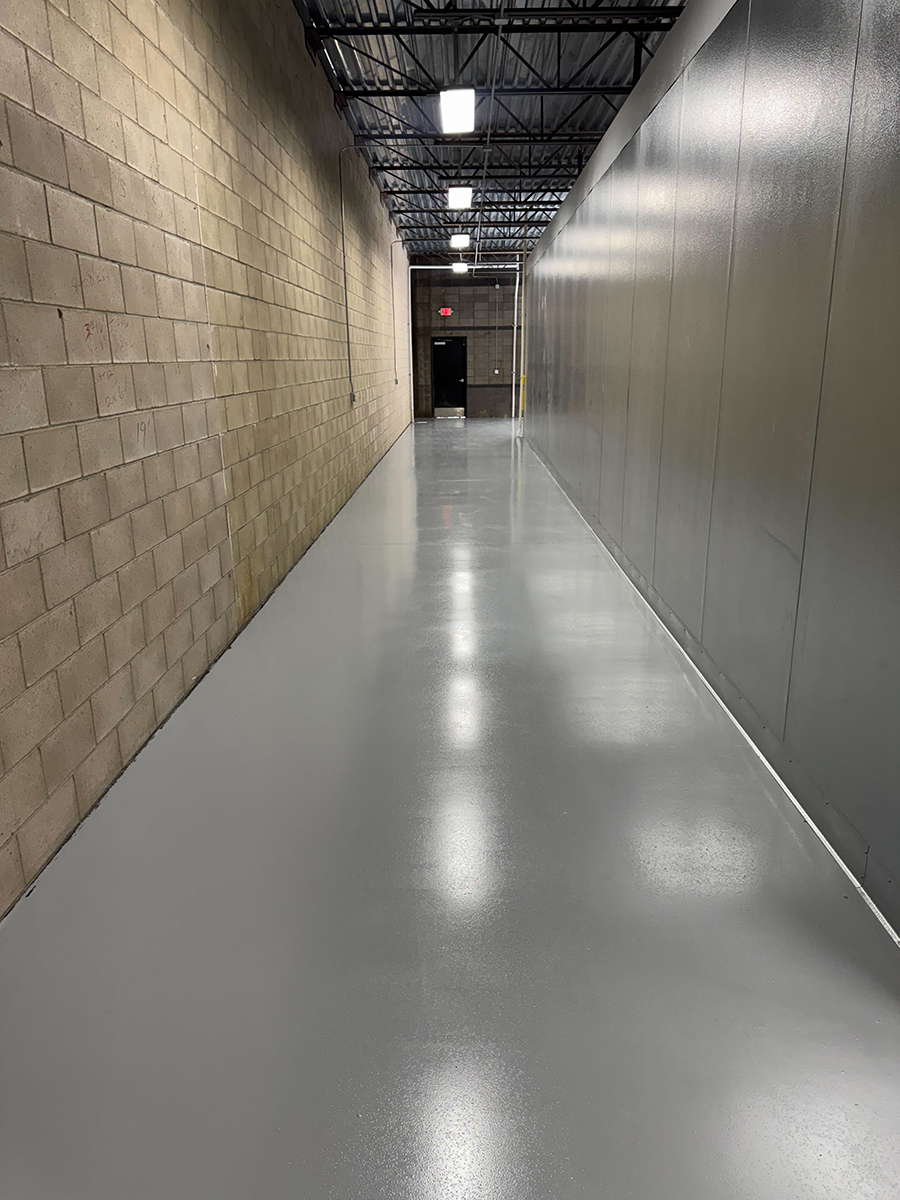Indoor air quality (IAQ) is a critical factor in maintaining a healthy and productive work environment. In offices, where employees spend a significant portion of their day, ensuring that the air is clean and free from harmful pollutants is essential. One often overlooked aspect of IAQ is the role that office floor coatings play. The materials and methods used in floor coatings can significantly impact the air quality inside a building, affecting the health and well-being of its occupants. This article explores how different types of office floor coatings influence indoor air quality and provides insights on choosing coatings that promote a healthier workplace.
Understanding Indoor Air Quality (IAQ)
Indoor air quality refers to the condition of the air within and around buildings, particularly as it relates to the health and comfort of the occupants. According to the United States Environmental Protection Agency (EPA), poor IAQ can lead to a variety of health issues, including respiratory problems, allergies, headaches, and fatigue. In an office setting, poor air quality can reduce productivity, increase absenteeism, and contribute to long-term health issues among employees.
Several factors contribute to IAQ, including ventilation, humidity levels, and the presence of pollutants. These pollutants can originate from a variety of sources, including office equipment, cleaning products, and building materials—floor coatings being one of them.
How Office Floor Coatings Affect IAQ
Office floor coatings can affect indoor air quality in several ways. The impact largely depends on the type of coating used, the application process, and the presence of volatile organic compounds (VOCs).
- Volatile Organic Compounds (VOCs): Many traditional floor coatings, such as certain epoxies and urethanes, contain VOCs—chemicals that easily vaporize at room temperature. These VOCs are released into the air during and after application, contributing to indoor air pollution. Common VOCs include formaldehyde, benzene, and toluene, all of which can have harmful effects on human health, including eye, nose, and throat irritation, headaches, dizziness, and even long-term effects like liver or kidney damage.
- Off-Gassing: Off-gassing refers to the release of gases, including VOCs, from materials like floor coatings after they have been applied. This can occur over weeks or even months, contributing to prolonged exposure to harmful chemicals. In poorly ventilated offices, off-gassing can lead to a buildup of these pollutants, significantly degrading indoor air quality.
- Dust and Particulate Matter: The installation or removal of floor coatings can generate dust and particulate matter, which can become airborne and contribute to respiratory issues. If the area is not properly contained or ventilated, these particles can spread throughout the office, affecting IAQ long after the coating process is complete.
Choosing Low-VOC or Zero-VOC Floor Coatings
To mitigate the negative impact of floor coatings on indoor air quality, it’s essential to choose products that are low in VOCs or completely VOC-free. Advances in flooring technology have led to the development of eco-friendly coatings that prioritize IAQ without compromising on durability or appearance.
- Low-VOC Coatings: These coatings contain reduced levels of VOCs compared to traditional products. While they still release some chemicals into the air, the amount is significantly lower, reducing the risk of adverse health effects. Low-VOC coatings are a good compromise between performance and air quality.
- Zero-VOC Coatings: As the name suggests, zero-VOC coatings do not contain any volatile organic compounds, making them the safest option for maintaining good indoor air quality. These coatings are often made from natural or water-based materials that are less harmful to both human health and the environment.
The Role of Proper Application and Ventilation
Even when using low-VOC or zero-VOC coatings, the application process plays a crucial role in determining their impact on indoor air quality.
- Application Methods: Professional installation ensures that coatings are applied correctly, reducing the likelihood of excess material being used, which could increase VOC emissions. Professionals also know how to properly prepare the surface, which minimizes the release of dust and particulates during the application process.
- Ventilation: Adequate ventilation is essential during and after the application of floor coatings. Proper ventilation helps dissipate any VOCs or other chemicals released into the air, preventing them from accumulating in the office environment. This can be achieved through the use of HVAC systems, and fans, and by allowing fresh air to circulate in the space.
The Benefits of Improved Indoor Air Quality
Investing in office floor coatings that promote good indoor air quality offers several benefits for both employees and employers.
- Healthier Work Environment: Employees are less likely to experience health issues such as headaches, allergies, and respiratory problems in an environment with good IAQ. This leads to fewer sick days and lower healthcare costs, both of which are beneficial to the company.
- Increased Productivity: A healthier workforce is a more productive one. Employees working in a clean, well-ventilated environment with low levels of pollutants are likely to be more focused, energetic, and efficient in their tasks.
- Enhanced Employee Satisfaction: Providing a safe and healthy work environment demonstrates that a company values its employees’ well-being. This can lead to higher job satisfaction, improved morale, and lower turnover rates.
- Sustainability and Corporate Responsibility: By choosing eco-friendly floor coatings, companies can also contribute to broader environmental goals. Reducing VOC emissions aligns with sustainability initiatives and demonstrates corporate responsibility, which can enhance a company’s reputation among clients and customers.
Conclusion
Office floor coatings can have a significant impact on indoor air quality, influencing the health, comfort, and productivity of employees. By understanding the potential risks associated with VOCs and off-gassing, and by choosing low-VOC or zero-VOC coatings, businesses can create a healthier work environment. Additionally, ensuring proper application and ventilation during the installation process further minimizes any negative effects on air quality. Ultimately, investing in high-quality, eco-friendly floor coatings is not just about protecting the floor; it’s about safeguarding the health and well-being of everyone in the office.
Contact Husky Coatings now to set your appointment!








